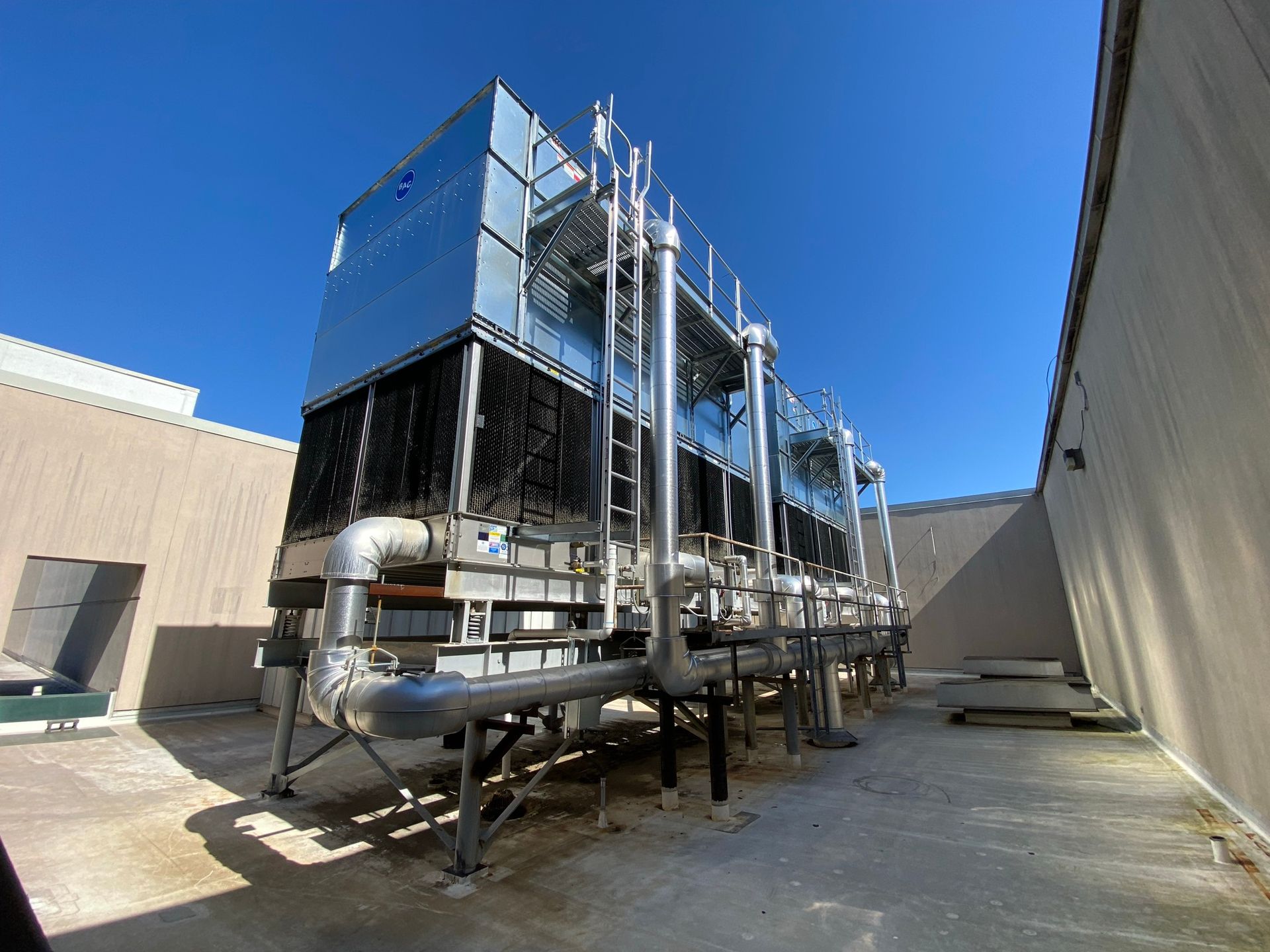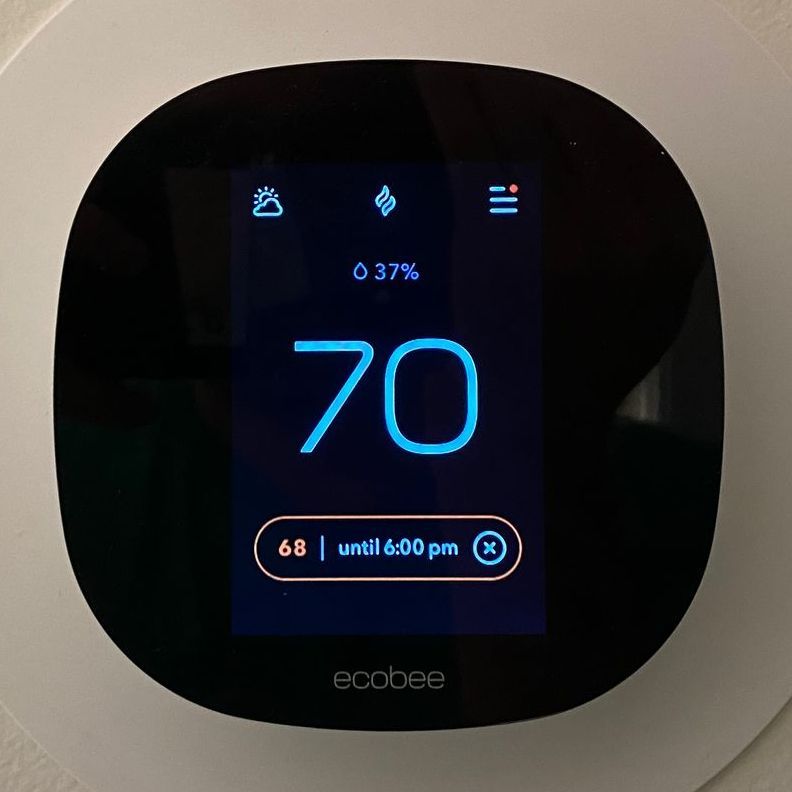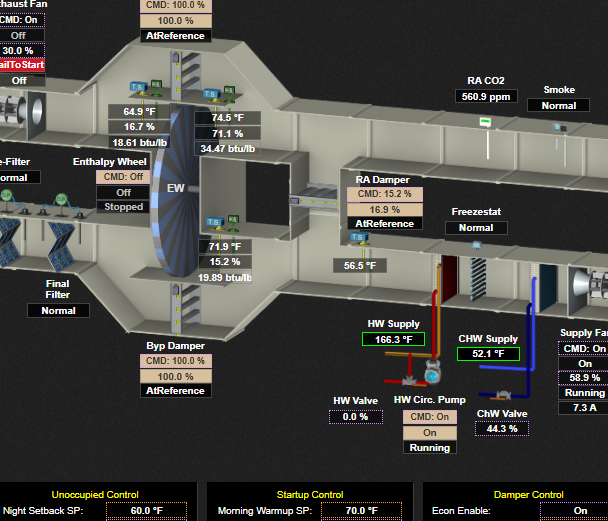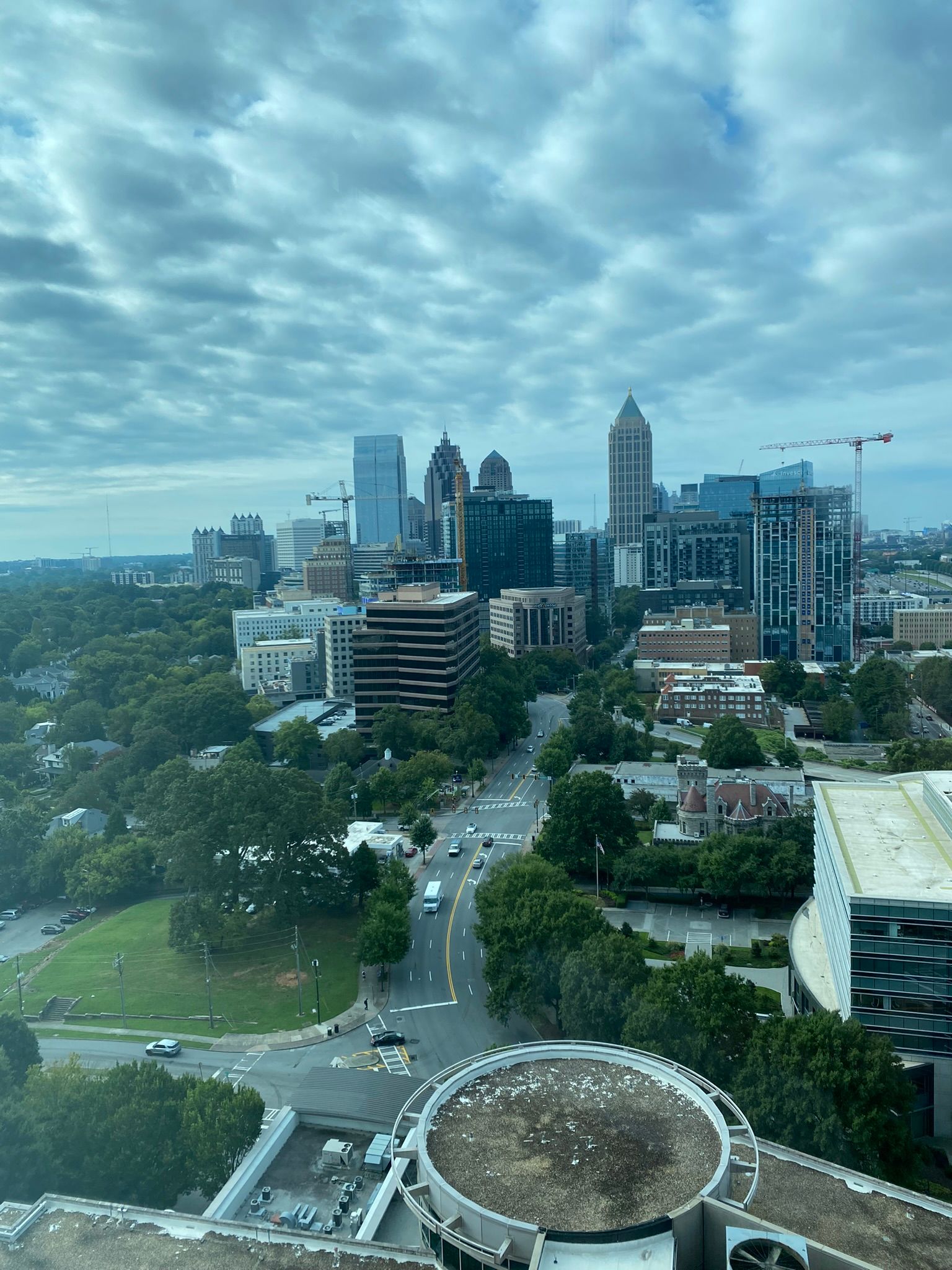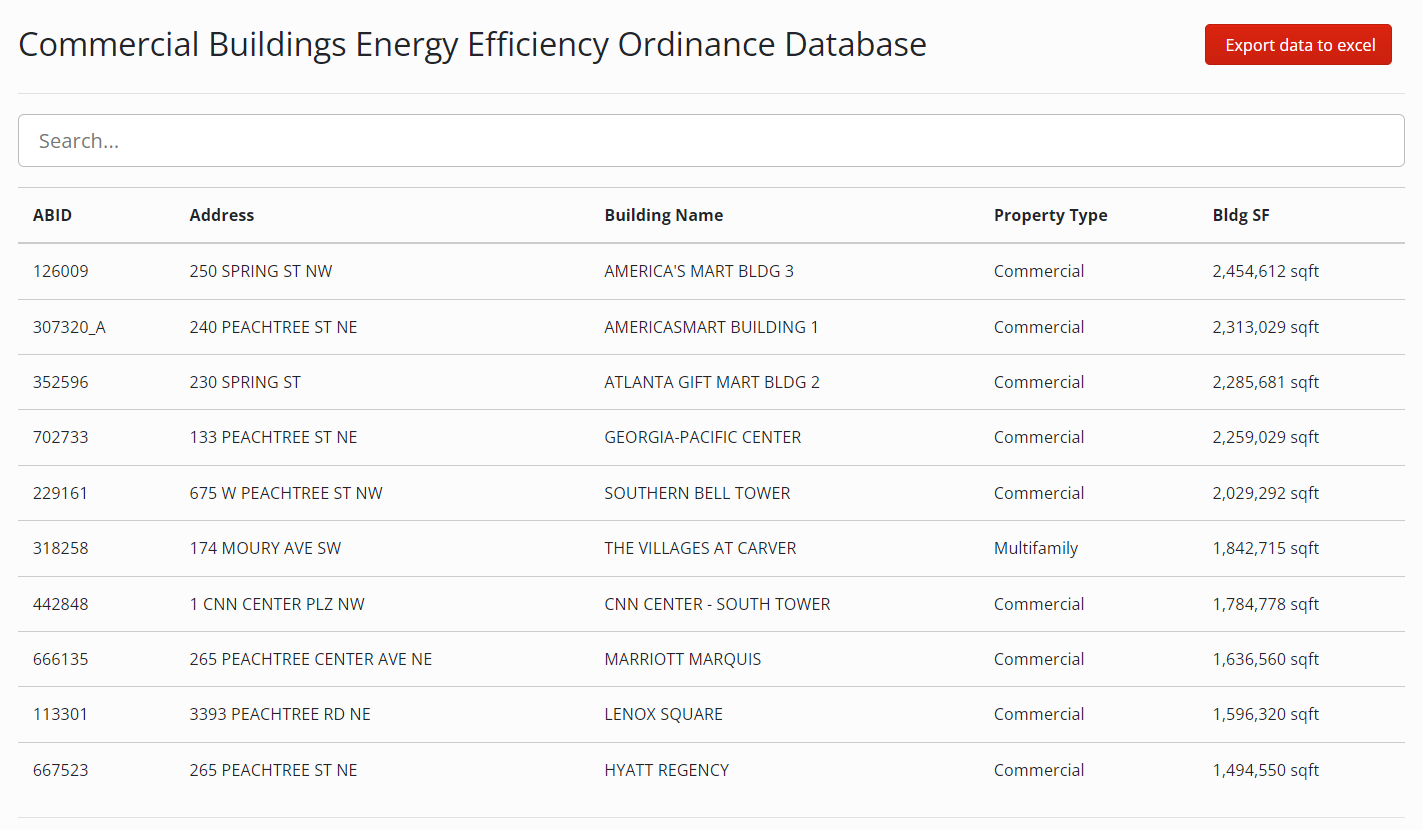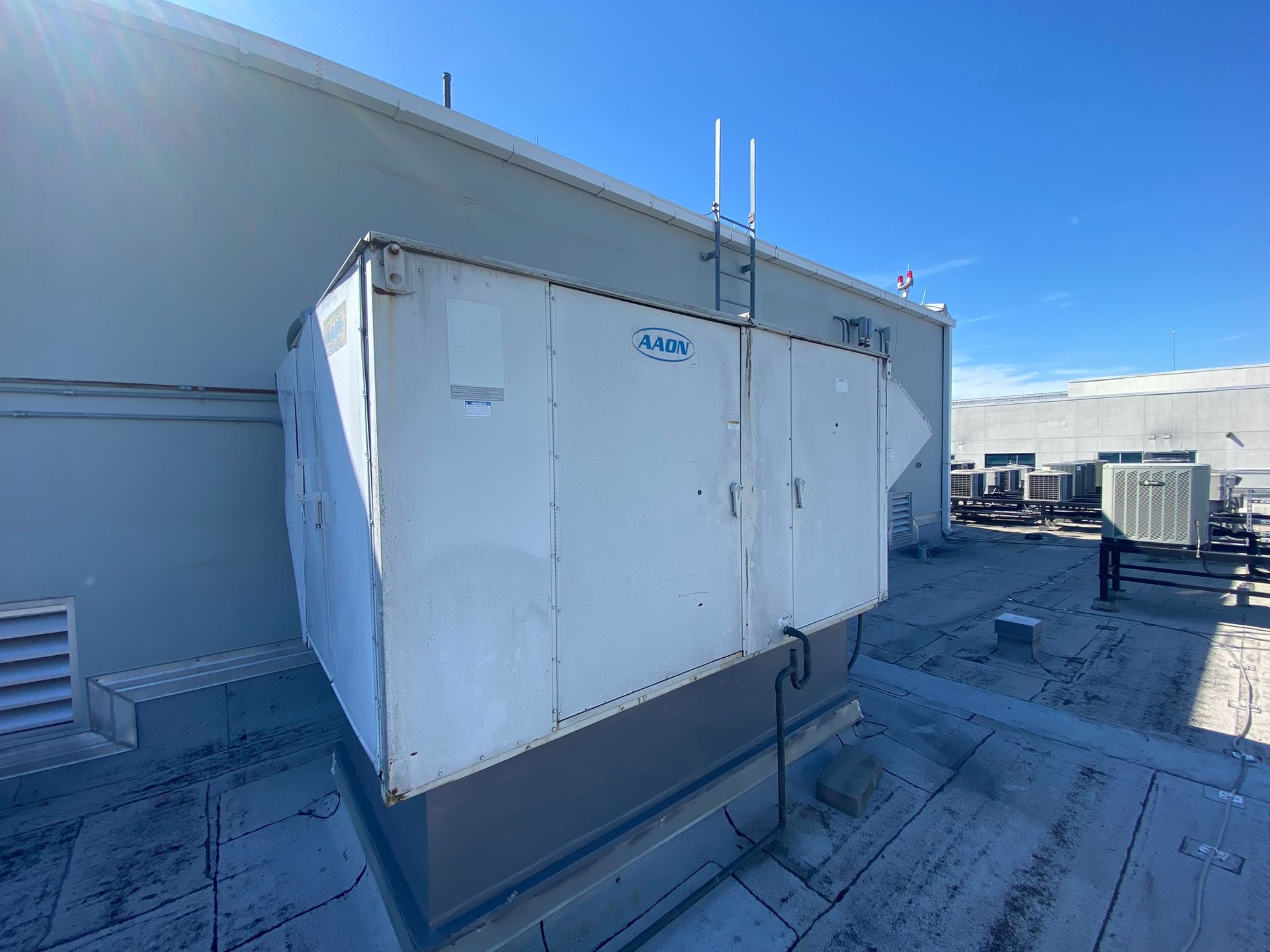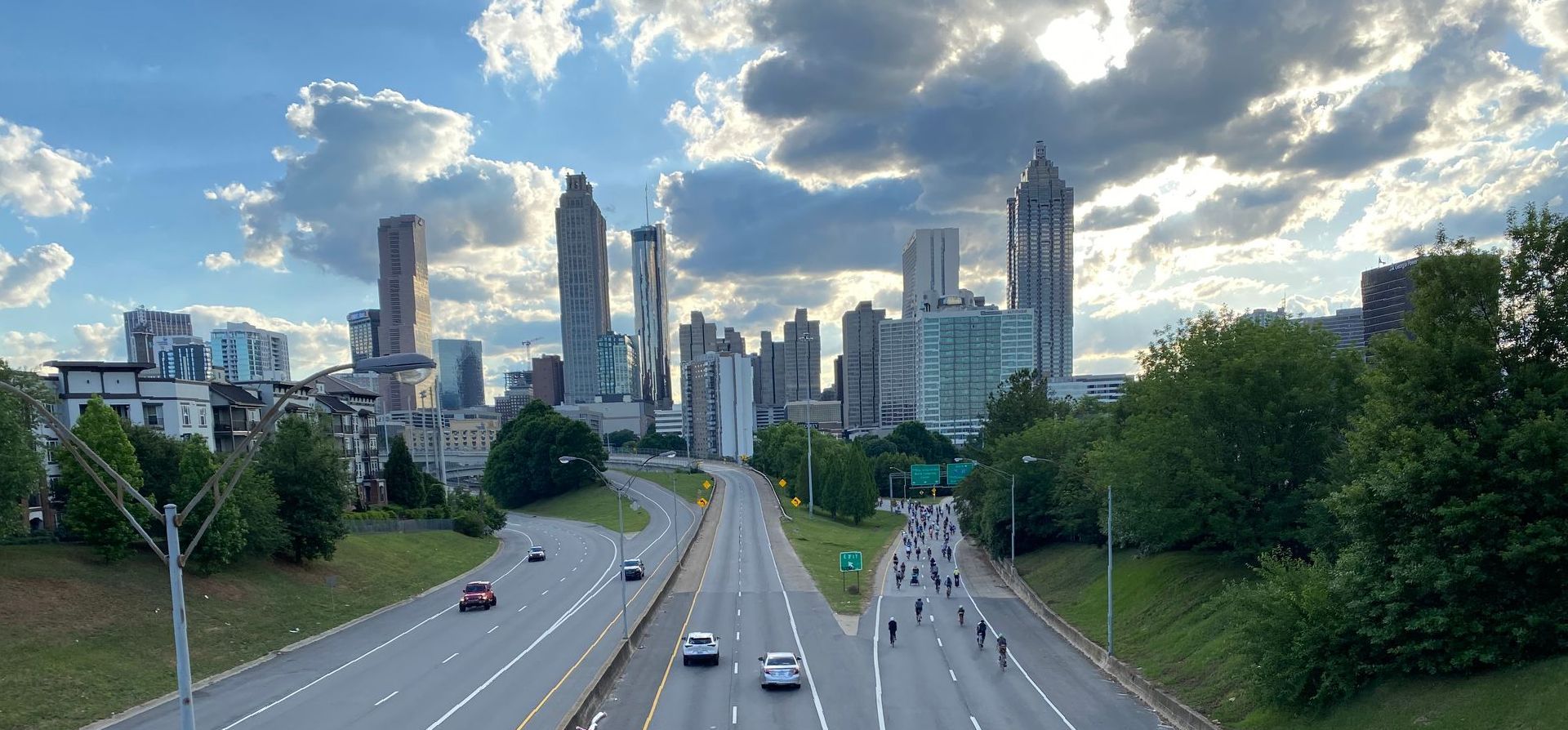January 9, 2024
A thermostat setback refers to the intentional adjustment of temperature settings on a thermostat (or group of thermostats, or even a whole building) to a lower or higher level during specific periods when a building or space is unoccupied or when occupants are asleep. The purpose of a setback is to reduce energy consumption by allowing the heating or cooling system to operate less frequently or at a lower capacity when the indoor conditions require less active temperature control. This energy-saving strategy is commonly employed to optimize the balance between comfort and efficiency, ensuring that energy is used only when necessary. Reduced Energy Consumption: The primary advantage of setbacks lie in their ability to curb energy consumption. When a space is unoccupied or when occupants are not actively using a specific area, there is no need for the HVAC system to maintain a constant temperature. By allowing the temperature to fluctuate slightly during these periods, energy consumption is significantly reduced, leading to lower utility bills and decreased overall environmental impact. There are two factors that impact the energy savings harvested from setbacks: The magnitude of the setback - This is how "far" the setback temperature is compared to occupied temperature setpoints. For example, if thermostats maintain the temperature at 72°F normally, a 65°F setback would have a magnitude of 7°F, whereas a 68°F degree setback has a magnitude of 4°F. The duration of the setback - how long the setback is maintained. Is the setback just overnight? Or does it include weekends as well? The duration of setbacks will depend heavily on the occupancy schedule of the building. Generally, energy savings are approximately proportional to the magnitude of the setback and the duration of the setback. Magnitude of setback (°F from normal setpoint) x duration of setback (hours/week) ∝ energy savings Other Benefits: Optimized HVAC Operation: HVAC systems operate most efficiently when they're not constantly cycling on and off. Setbacks enable the HVAC system to work in longer, more stable cycles, avoiding the frequent starts and stops that can contribute to increased wear and tear of motors, compressors, actuators, and valves. This optimized operation not only extends the lifespan of the equipment but also ensures it runs at peak efficiency when needed. Thermal Inertia and Recovery: Buildings possess thermal inertia, meaning they retain heat or coolness even after the HVAC system has been turned off. By strategically implementing setbacks, the indoor temperature is allowed to drift slightly from the desired setpoint. This approach utilizes the thermal inertia of the building, reducing the need for immediate heating or cooling when occupants return, as the space can recover to the desired temperature more efficiently. Zone Control Strategies: Advanced HVAC systems equipped with zone control capabilities can benefit greatly from setbacks. By selectively adjusting temperatures in different zones based on occupancy patterns, setbacks can be tailored to specific areas within a building, ensuring precise climate control where and when it's needed. This level of customization enhances energy efficiency by avoiding unnecessary heating or cooling in unoccupied zones. Even further, occupancy-based control of setpoints and setbacks can use zone-level occupancy sensors to automatically shift between the occupied setpoint and the unoccupied setback temperatures. This has made its way into consumer-grade tech like the Nest and Ecobee thermostats, and is slowly making it's way into commercial building automation systems. Check Your Thermostats: Take a moment to do this. Do they have a schedule or setback that aligns with occupancy? If not, it may be something to do right now that could save you hundreds or even thousands of dollars with little to no comfort impact. If you have a reason on the books for not using setbacks, it may be time to revisit that justification. ASHRAE 90.1-2019 recommends a heating setback of 10°F below the occupied heating setpoint, and a cooling setback of 5°F above the occupied cooling setpoint. You do not have to start with that! Try 2°F, or even 1°F at first, see how it goes, and increment from there. Want to go beyond setbacks and save even more energy? Get in touch with Verdius Energy today to learn about all the services we offer. Conclusion: The merits of heating and cooling setbacks are rooted in their ability to optimize energy consumption, improve HVAC system efficiency, leverage thermal inertia, and enable advanced zone control strategies. By incorporating setbacks into your HVAC controls, you not only contribute to a more sustainable, energy-efficient future, but also enjoy the tangible benefits of reduced energy bills, and prolonged equipment lifespan.


